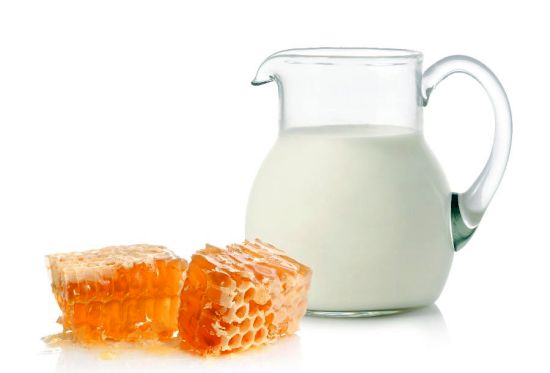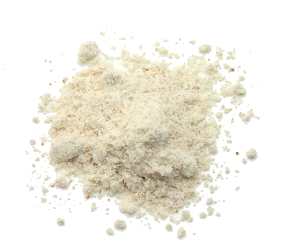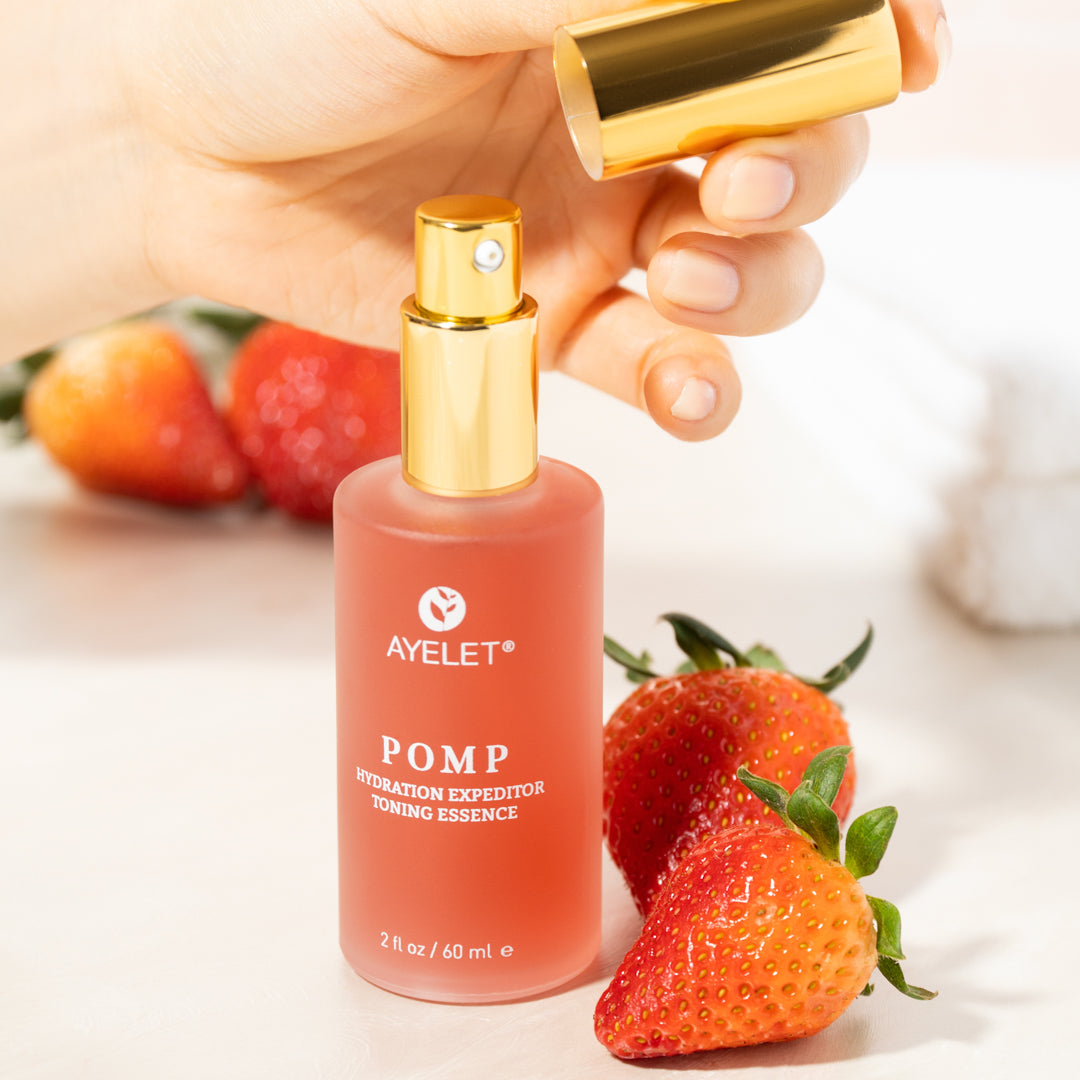Hyperpigmentation, a common skin concern, occurs when certain areas of the skin become dark and patchy due to excess melanin production. While various factors such as sun exposure and hormonal imbalances can trigger this condition, there are natural and safe ways to address hyperpigmentation. In this updated guide, we'll delve into the different types of hyperpigmentation, its causes, prevention strategies, and explore inviting home remedies that can help you achieve a more even complexion.
Understanding Hyperpigmentation: Hyperpigmentation manifests in three main types: Post-inflammatory hyperpigmentation (PIH), Lentigines, and Melasma. PIH follows skin injury, Lentigines are linked to UV exposure, and Melasma arises from hormonal fluctuations. Although usually harmless, hyperpigmentation can impact self-esteem and emotional well-being.
Causes of Hyperpigmentation: Various factors contribute to hyperpigmentation, including excessive sun exposure, hormonal imbalances, medical conditions, and certain medications. It can affect people of all ethnicities and age groups, and addressing it requires a comprehensive approach.
Current and past medical conditions. There is a wide array of medical conditions that may contribute to hyperpigmentation, including Addison’s disease, Cushing’s disease, and hypothyroidism.
Current or recent pregnancy, or current or recent use of birth control pills or hormone replacement therapies. Such questions may identify a hormonal cause of hyperpigmentation. If hyperpigmentation appears in a symmetrical, masklike manner.
Hyperpigmentation can affect the skin of the face most of the time as it is exposed to external factors. It makes your skin look unpleasant and can lower your confidence as well.
Hyperpigmentation affects women and men of all ethnic groups and features areas of darkened skin. Although it is most common in middle age and beyond, hyperpigmentation can also be seen in much younger people. Directly caused by either overactive melanocytes, the cells responsible for producing melanin, or a proliferation of the melanocytes themselves, hyperpigmentation presents no medical threat. However, it can sometimes be a symptom of disease or illness. What’s more, individuals with facial hyperpigmentation may become so concerned with the aesthetic implications of the condition that depression and anxiety may ensue. This condition deserves serious attention, including a diligent approach to skin analysis coupled with a willingness to apply creative treatment approaches.
Hyperpigmentation can also be a side effect of a number of medications, including certain antibiotics, cancer drugs, anti-seizure drugs, and more. Additionally, some topically used in the treatment of hyperpigmentation, have the potential to cause paradoxical hyperpigmentation.
A number of treatment options are available for getting rid of hyperpigmentation. If you wish to get rid of the symptoms naturally, then you can try various home remedies for hyperpigmentation.
Prevention is key
Limiting sun exposure is paramount – remember midday is when the skin is most at risk of sun exposure so limit the time you spend in the sun at this time and the hours either side of midday. when outside try to stay in the shade, use a sunhat, broad-brimmed hat, peaked cap, or visor.
The necessity of daily sunscreen application cannot be emphasized enough. Furthermore, following treatment for hyperpigmentation, a more focused approach to daily skin care should be implemented. An individual can much better maintain the positive effects of treatment through the use of appropriate skin care products, coupled with effective delivery systems. As is recommended for all individuals, a regimen involving four steps: Cleanse, Exfoliate, Moisturize, and Protect.
Antioxidants- An antioxidant protects cells from free radicals that are formed as a result of oxidative stress. These free radicals can damage cells over time, it should be applied before sunscreen.
These remedies suit almost all skin types and hence anybody and everybody can try these on a regular basis. These also soothes the skin and makes you feel and look fresh all day long.
Milk and Honey - Apply on affected areas. You can also try applying curd on your face and other areas of the skin.
Vegetable Juices - The use of vegetable juices like cucumber, potato, and tomato for skin lightening and hyperpigmentation is a common natural remedy. These vegetables are known for their potential to contain vitamins, enzymes, and antioxidants that may have a positive impact on the skin's appearance.
Extract juices from vegetables such as cucumber, potato, and tomato, and apply them to the skin to promote a lightening effect on pigmentation. These juices are suitable for application all over the skin, contributing to a more even complexion.
it's a good idea to perform a patch test on a small area of skin to ensure you don't have any adverse reactions.
Please consult a dermatologist or skincare professional who can provide personalized advice based on your skin type and condition.
These remedies suit almost all skin types and hence anybody and everybody can try these on a regular basis. These also soothes the skin and makes you feel and look fresh all day long.
Vitamin E: Integrate vitamin E into your skincare routine by mixing its contents with olive or castor oil. Applying this mixture before bed can lead to visible improvements over a few weeks.
Oatmeal Mask- Prepare an oatmeal face pack using milk and honey. Apply this mixture to your face and other affected areas, allowing it to dry before washing off. Regular use can lead to noticeable lightening of pigmented areas.
Aloe Vera: Tap into the inherent qualities of Aloe Vera gel to address hyperpigmentation. Applying the gel to affected regions can leverage its antiseptic advantages for gradual reduction of dark spots.
Olive Oil- Massaging Olive Oil it onto your skin. Employing steam after application can aid in eliminating impurities and deceased cells, ultimately contributing to the reduction of hyperpigmentation.









